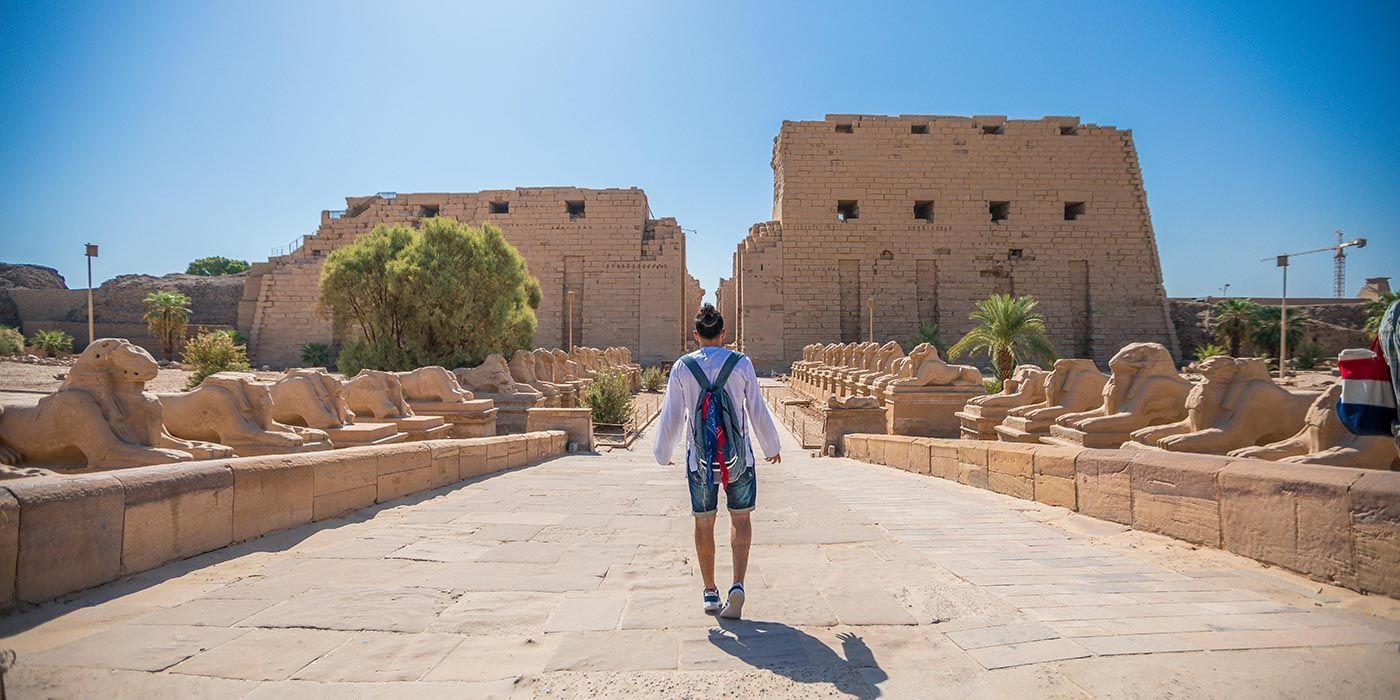
Karnak Temple in Luxor Egypt
There are many temples across different parts of Egypt. But none can be compared to the Karnak Temple in size, grandness, historical relevance, beauty, and architectural majesty. This ancient temple complex is the second largest in the entire world.
Location
This ancient landmark is a complex of temples located in Luxor, Egypt, on the eastern bank of the Nile River.
The Temple was built to its current state for over 1000 years with many additions by different kings. It was the primary place of worship of Amon, the ruler of the gods, Mut, his wife, and Khons, their son. The Temple is located in Thebes' (Luxor) southern region.
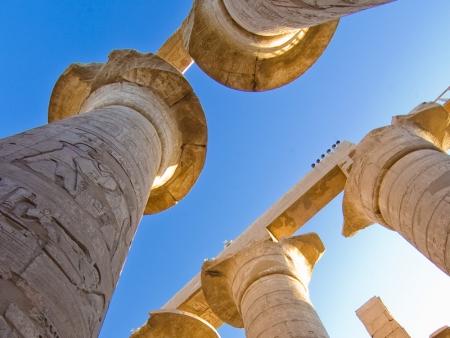
History
Though the Temple saw the addition of many structures and buildings over many years, it is recorded that it's construction started in the reign of King Senusret I who reigned between 1971–1926 BCE. The construction continued into the Middle Kingdom between 2000–1700 BCE and into the Ptolemaic Kingdom around 305–30 BCE. Karnak was known in ancient Egyptian as Ipet-isut ("The Most Selected of Places"), it was the main place of worship for Amun the King of Gods, Mut, his consort, and Khonsu their son (The Theban Triad). The village of El-Karnak owes its name to the Karnak Temple Complex because it's their proximity.
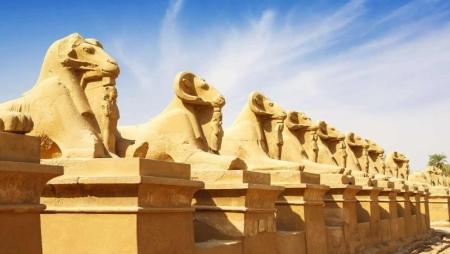
Layout
Covering about 200 acres in total, the Karnak Temple is considered the largest religious building ever made. It is the largest temple complex in Egypt, and the second largest in the world.
The complex has seen an addition of different structures from entire buildings to obelisks across many periods. There are at least 10 pylons in the Karnak Temple, all separated by different courts and halls. The pylons have been numbered for modern-day convenience.
The first six pylons form the main east-west axis that leads to the Nile. The next two pylons (seventh and eighth), according to records were erected in the 15th century BCE by Thutmose III and Queen Hatshepsut, respectively. The ninth and tenth pylons were erected during Horemheb’s reign (1319–1292). The 10 pylons collectively form a series of processional gateways that link the main temple with the Temple of Mut to the south and, even as far as the Luxor Temple which is 2 miles (3 km) away through the avenue of sphinxes.
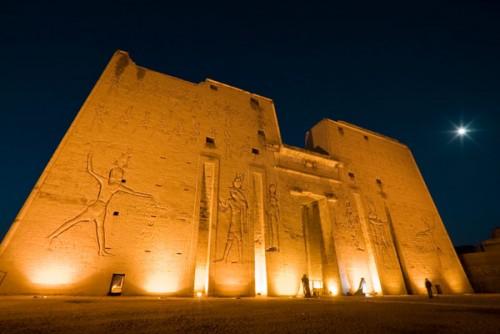
Why The Temple Of Karnak Is Famous
The entire Karnak temple complex was built to what it is today for more than 1,000 years. In its glory days, it was the largest and most important religious complex in ancient Egypt. The most important structure within it is the Temple of Amun-Ra, since it was believed to be god's dwelling on earth where he stayed with his wife, Mut, and son, Khonsu, who also have temples built for them within the Karnak Temple. The Temple of Amun-Ra is considered the largest temple ever made and is famous for the Hypostyle Hall built during the reign of Seti I.
Tailor-Make Your Dream Trip Now!
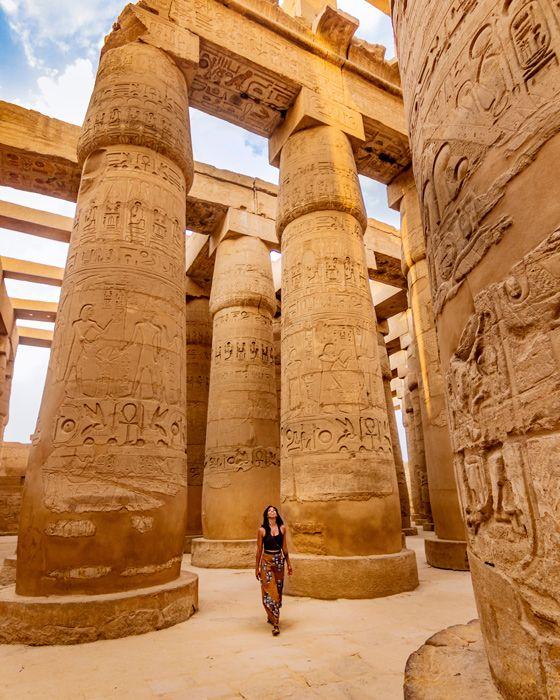
Place To See In The Karnak Complex
1. The Open Air Museum
The Open-Air Museum at Karnak Temple is a must-see even though you could easily miss it since Amun-Re’s temple complex alone is so large that you could spend an entire day walking among the many courts, pylons, and sanctuaries of the main temple, and not get the chance to see the open-air museum.
The Open-Air Museum's most outstanding features are the White Chapel of Senusret I and the Red Chapel of Hatshepsut. Apart from those two, the museum also contains an amazing view of rows of incredible blocks and stone statues.
2. Temple Of Khonsu
The Temple of Khonsu, son of Amun, is the most complete feature of the Karnak temple complex. The temple's historical insight provides the transitionary period between the end of the New Kingdom and the Third Intermediate Period. The temple walls and ceilings were once radiantly painted with stunning colors. However, most of it has either been covered with soot or bleached by sunlight. The ceiling is still intact, however, and staring at the albeit faded ceiling and wall paintings relief transcends you beyond time and takes you back to the past.
3. Thutmose III's Festival Hall
Akh-Menu or Festival Hall of Thutmose III who reigned in the Eighteenth Dynasty was built by Thutmose to celebrate his sed-festival. The ceilings and columns are a beautiful sight to behold, the radiance of their color is well preserved unlike the walls of the Khonsu temple. The columns are painted in red blue and yellow at the top with a unique kind of artistic style.
Another impressive sight to see is the Botanical Garden towards the northeastern part of the Hall. It is a chamber with beautiful paintings of different kinds of foreign plants and animals, from the collection Thutmose III brought back from his campaigns in the Near East.
4. Sacred Lake
The enormous Sacred Lake holds water from an underground source. It is located in the southeastern part of the temple but you really won't need any help finding it. Close to the lake is the famous statue of the “lucky” scarab which is popular in ancient Egyptian local folklore. The sacred lake of this time actually goes back to the reign of Taharqa, who also added a building to the Temple found north of the lake.
5. Egyptian-Hittite Peace Agreement
In ancient times, Ramesses the Great had conquered the Hittites at Kadesh, recordings of his conquests are found across many Egyptian temples. 15 years after the Kadesh battle, however, Ramesses II and Hattusili III the Hittite King signed a peace agreement which is perfectly preserved in the hieroglyphic text on the outer walls of the Cachette Court in the Karnak Temple. There are many inscriptions on the wall not relating to the peace agreement but if you know where to look, you can find the treaty with little effort. There is a cuneiform version of the agreement in Hattusa, and together the two form the oldest surviving peace treaty in history.
Best Time to Visit Karnak Temple
It's best to get to the Temple in the early hours of the day. We advise that get there before 10 am to avoid the massive tourist crowds that come in the afternoon. If you arrive at 7 am you would have enough time to see most of the temple in the beautiful light of the sunrise with very few people.
related tours
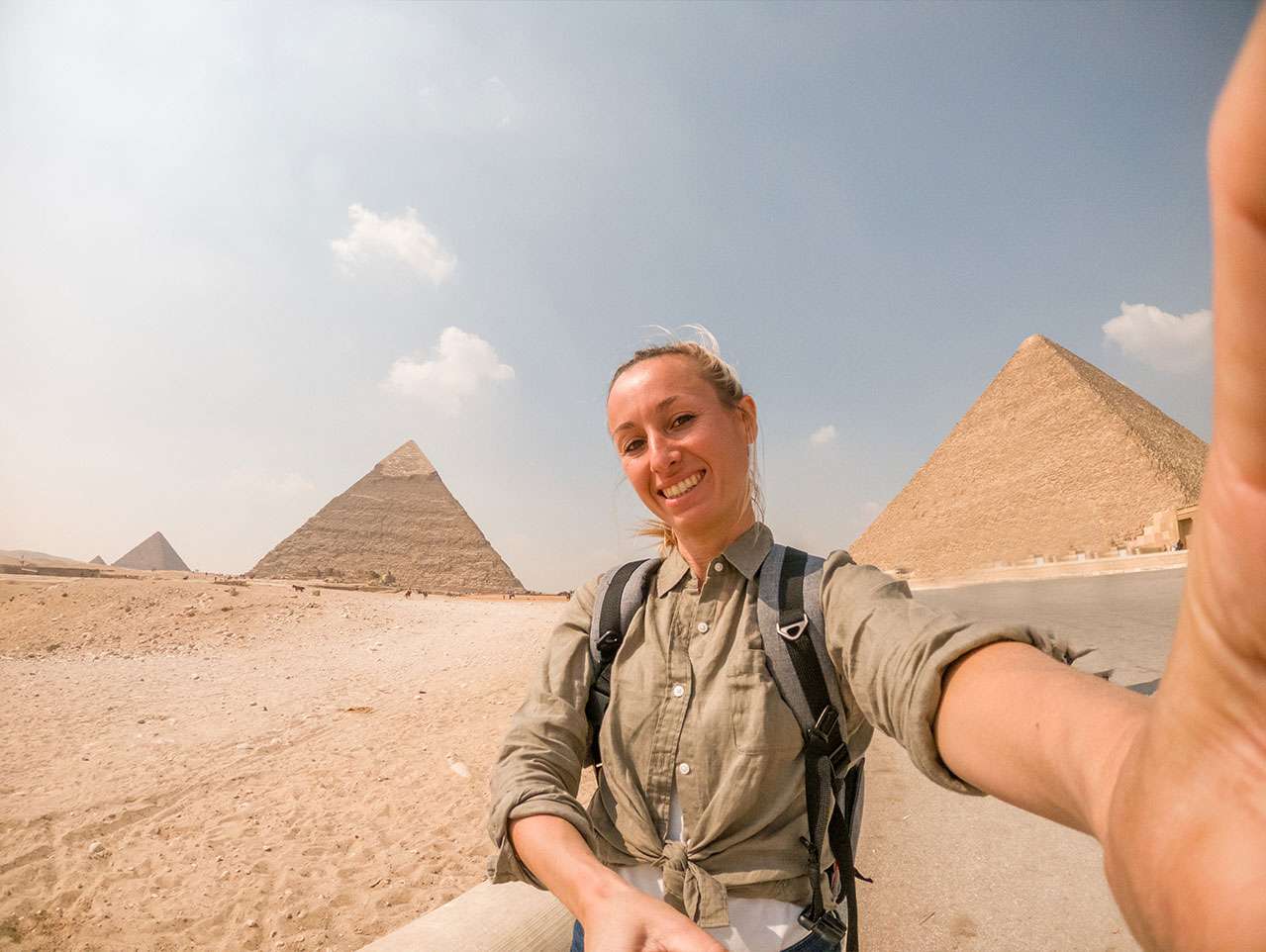
Pyramids and The Nile
8 Days / 7 Nights
From
$ 1755

Pyramids, Nile and Sharm El Sheikh Package
12 Days / 11 Nights
From
$ 2370
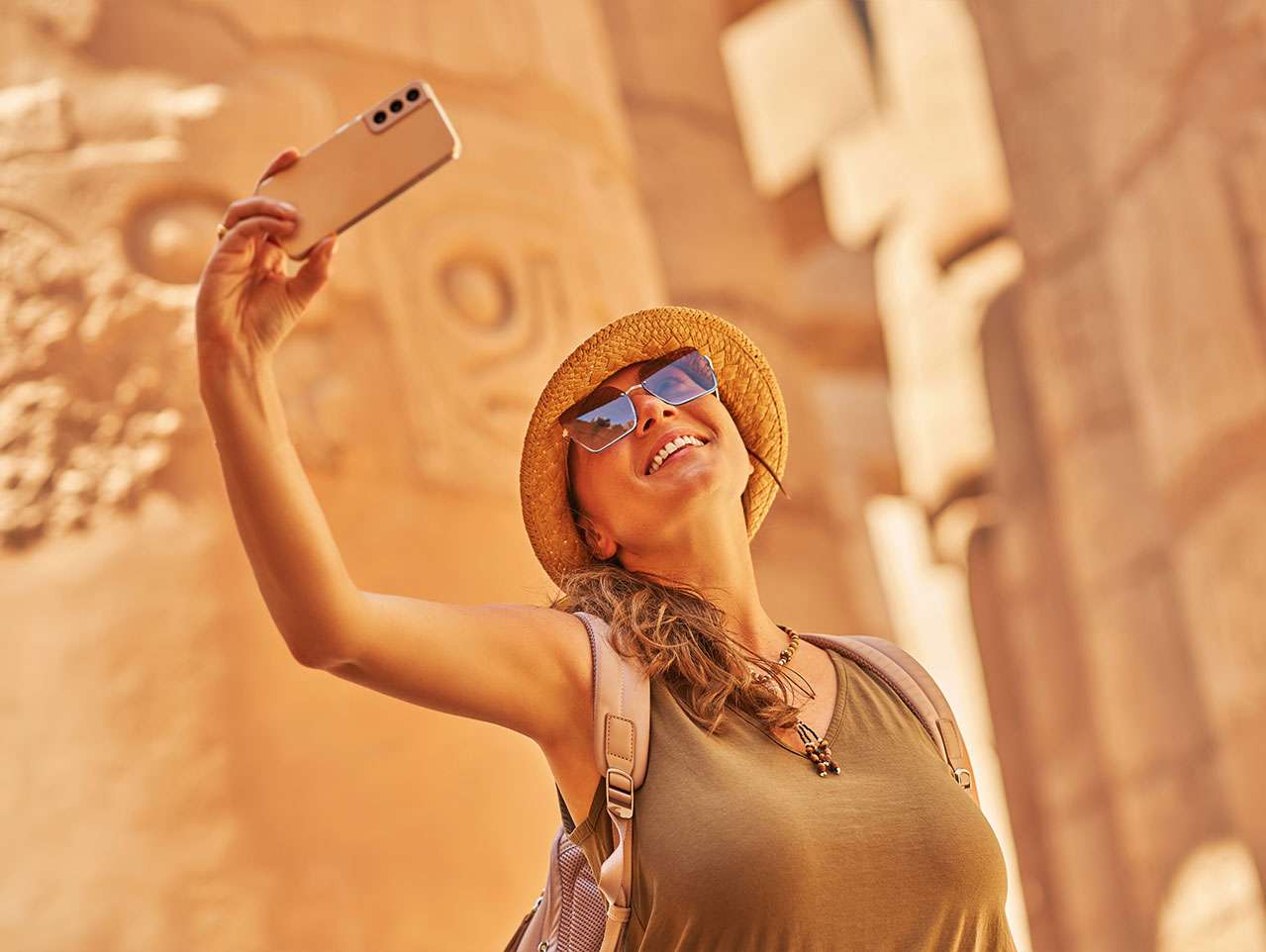
Egypt Tour Packages: Cairo Luxor Tour
5 Days / 4 Nights
From
$ 1015
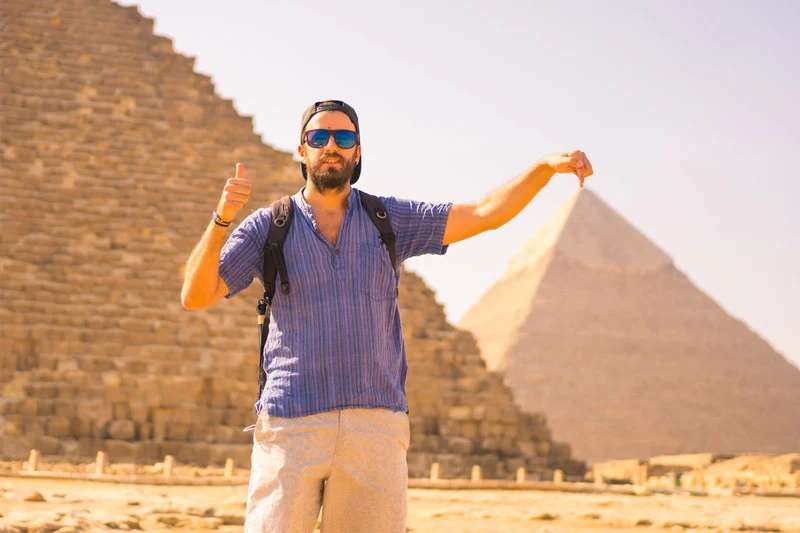
Egypt Vacation Package
12 Days / 11 Nights
From
$ 1699
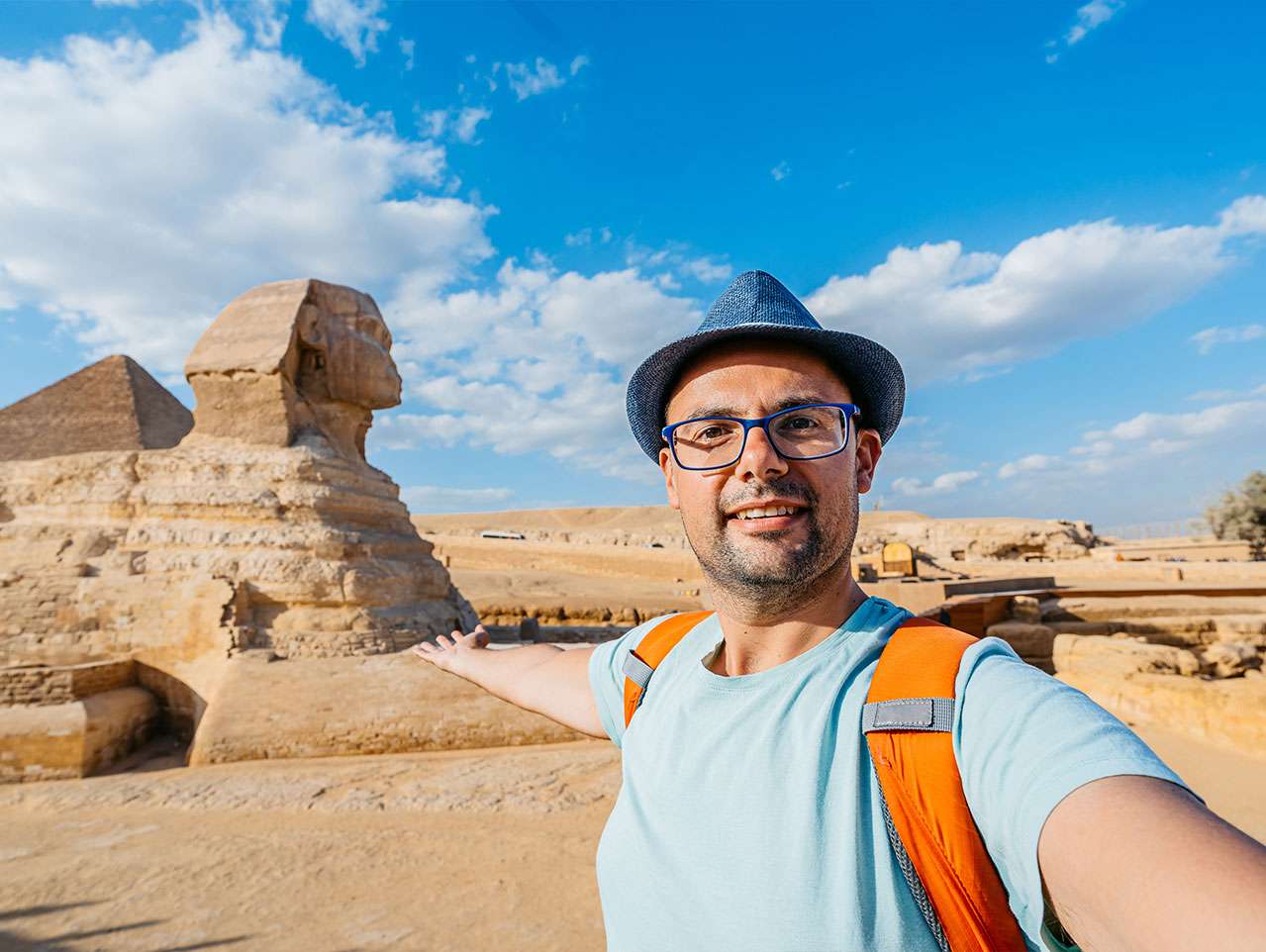
Egypt Tour : Giza Pyramids & Nile Cruise
8 Days / 7 Nights
From
$ 1099
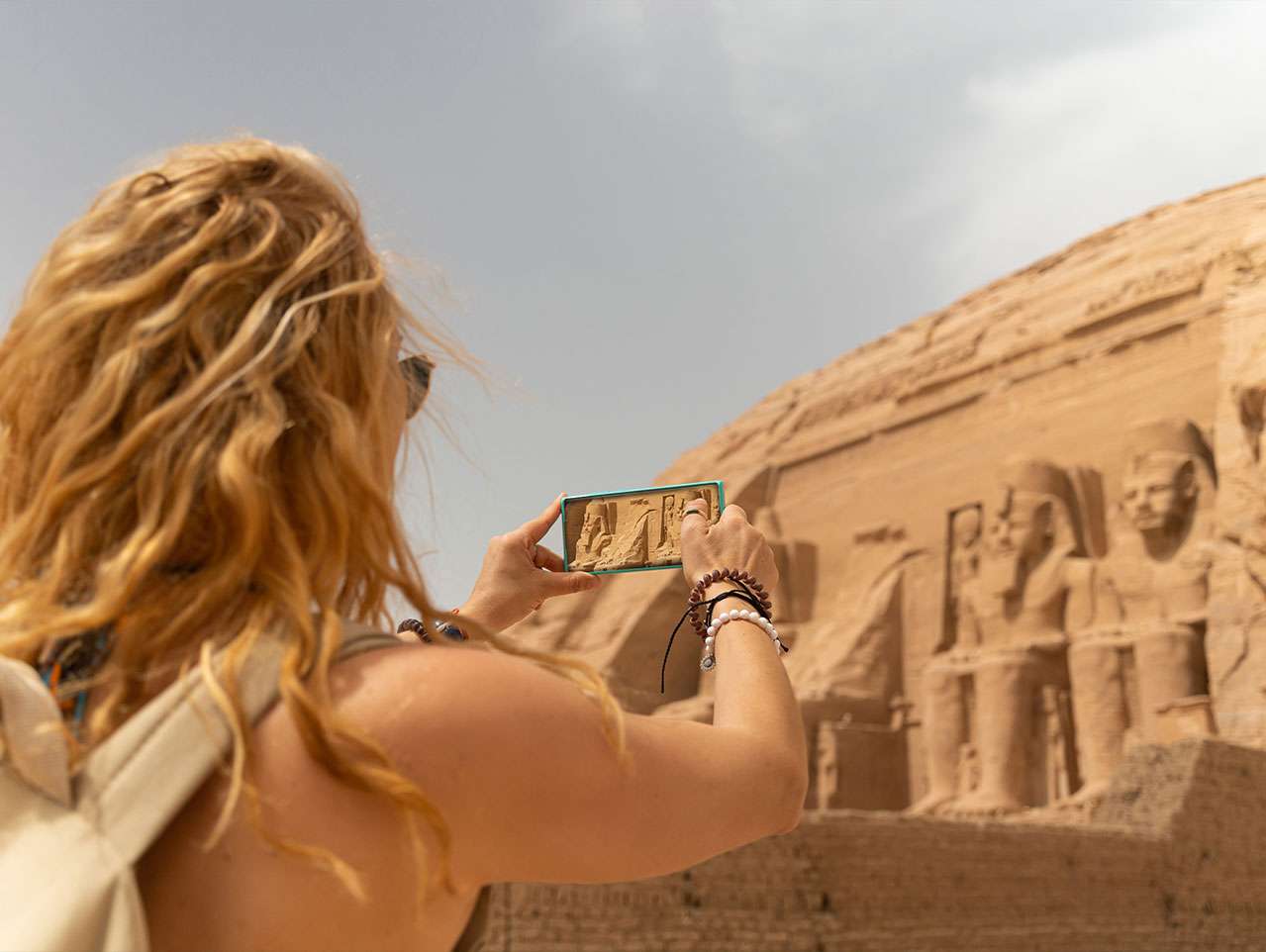
Best Travel Packages to Egypt with Abu Simbel
8 Days / 7 Nights
From
$ 1445
